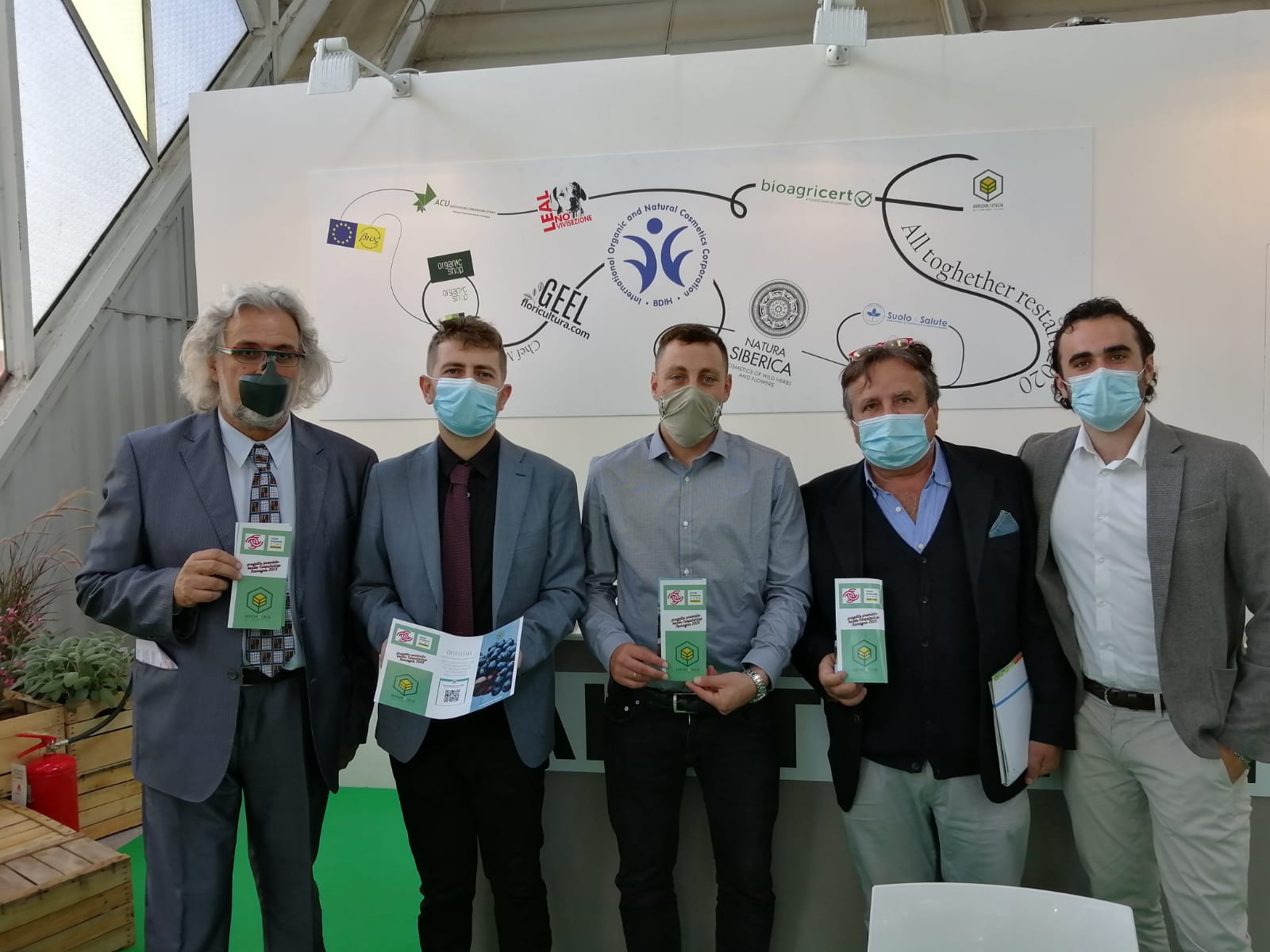After a period of significant decline in consumption (-39% by volume and -20% by value between 2021 and 2022), raspberry consumption by Italian households is showing a positive trend across all key indicators. Updated data from Italian Berry - GfK as of 31/12/2023 paints a picture of recovery with increasing consumption and consumers, despite a pronounced inflationary environment.
Increase in spending and penetration
Overall spending has increased by 21%, rising from 28.7 million Euros (2022) to 34.7 million Euros (2023). Raspberries now represent 17% of Italians' expenditure on small fruits, ranking second after blueberries.
Penetration, representing the percentage of Italian families making at least one annual purchase, increased in 2023 from 10.8% to 13%, equivalent to 3.3 million families. Of these, just over half (55%) buy raspberries more frequently, i.e., two or more times a year. In one year, 570,000 purchasing families have been added.
Quantity increases despite inflation
The total quantity reached 1954 tons in 2023 (+3.4% compared to 2022), still distant from the peak of 2916 tons reached in 2021. Raspberries thus account for 13.8% of the quantity of small fruits purchased by Italians in 2023.
The average price of raspberries was 17.79 Euros/kg, representing a 17% increase compared to the previous year.
Buying behavior slowed by rising prices
Buying behavior has been negatively influenced by the price increase: family purchases by volume have decreased by 14.3%, dropping from 680g (2022) to 590g (2023). The volume per buying act has also declined, going from 200g to 170g (-14.7%).
The influence of geographic and socioeconomic factors
Regarding factors influencing penetration, the main difference is determined by geographical factors. While raspberries in the Northwest regions have a penetration rate 76% higher than the national average, in the South and Sicily, penetration is less than a third compared to the overall average (31 vs. 100). Geographic location also significantly influences quantity purchases, nearly doubling in the Northwest compared to the South and Sicily. Socioeconomic class is positively correlated with both penetration and volume per family.
Raspberries are the only small fruit whose consumption in small towns exceeds the national average. In municipalities with fewer than 10,000 inhabitants, the average consumption per buyer is 24% higher than the national average.










